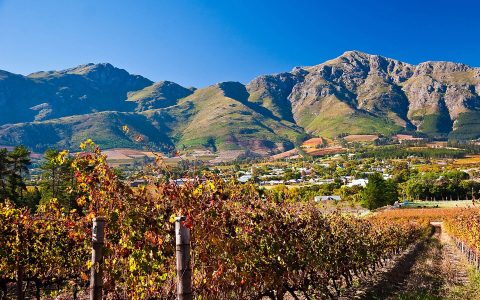In Deep:
What You Need to Know About Cape Town
Table Mountain. Cape Point. The harbour. If having just one of these constitutes an embarrassment of riches, then Cape Town is a city spoiled absolutely rotten.
In Cape Town, An Embarrassment of Riches
In 1652, the Dutch East India Trading Company sent a small party of Dutch settlers, under the command of Jan van Riebeeck, to establish a supply station that could service the shipping route between Europe and the Spice Islands. Cape Town grew from there.
Today a diverse, international city, its cosmopolitan nature is reflected in both its varied architecture and cuisine. Cape Dutch buildings mingle with Islamic mosques and Hindu temples, while reminders of British colonial rule are everywhere. Meanwhile, Malay influences are evident in the many spicy curries, chutneys and rice dishes available across the city, and a diverse restaurant scene offers no shortage of options for people of all tastes.
The People of the Cape
 The population of Cape Town’s greater metro area totals over four million, a figure that is constantly on the rise due to the “urban drift” phenomenon. The largest ethnic group, referred to as the Cape Coloureds, is a mixed-race group of largely Afrikaans-speaking (though most also speak English), Christian people that is almost entirely Westernized in terms of lifestyle and custom. In the 1950s the city’s constitution was altered, and Coloured peoples’ voting rights were rescinded. A decade later, the Group Areas Act came into being and many people lost their homes. It was at this time that the infamous District Six was demolished, and its residents moved to the Cape Flats.
The population of Cape Town’s greater metro area totals over four million, a figure that is constantly on the rise due to the “urban drift” phenomenon. The largest ethnic group, referred to as the Cape Coloureds, is a mixed-race group of largely Afrikaans-speaking (though most also speak English), Christian people that is almost entirely Westernized in terms of lifestyle and custom. In the 1950s the city’s constitution was altered, and Coloured peoples’ voting rights were rescinded. A decade later, the Group Areas Act came into being and many people lost their homes. It was at this time that the infamous District Six was demolished, and its residents moved to the Cape Flats.
A prominent sub-group is the Cape Muslims, whose forefathers came as slaves from Indonesia, Africa, India, and elsewhere in the East. Among them were highborn political exiles such as Sheik Yusuf, who led a rebellion against the Dutch in Java. Slavery was abolished in the 1830s and many of the freed slaves settled in an area known as the Bo-Kaap (Upper Cape Town) on the slopes of Signal Hill.
The majority of Cape Town’s black citizens are descendants of migrants from the historic Xhosa homelands of the Eastern Cape. They settled on the inhospitable Cape Flats in the sprawling suburbs of Langa, Nyanga, Gugulethu and Khayelitsha, in what were known as “squatter camps,” but which are now known as “townships.”
Table Mountain
Even in a city surrounded by mountains, Table Mountain stands apart. So named for the level plateau found at its peak, this natural wonder towers above South Africa’s legislative capital and constitutes the crown jewel in the city’s majestic backdrop, formed in conjunction with Devil’s Peak, Lion’s Head and Signal Hill. Famous for the National Park that bears its name and a cableway that provides spectacular views on its way to the top, we prefer to tackle one of the mountain’s many hiking trails—making the view from the top that much more rewarding.
Cape Point
“This Cape is a most stately thing,” wrote Sir Francis Drake in 1580, upon sailing around Cape Point, “and the fairest Cape in the whole circumference of the earth.”
Situated within Table Mountain National Park, Cape Point provides the peninsula with a mountainous view worthy of the region’s majesty. With a nature reserve situated within the park, you don’t need to leave the Cape to see creatures in their natural habitat. You’re almost certain to come across the notorious chacma baboons (please do not feed them), but you may also see eland and bontebok (two species of antelope), or even the rare mountain zebra. A large variety of birds are also regular visitors to the park, including sunbirds, black eagles, ostrich, and ocean-going species such as albatross and cormorant.
A Family Journey For the Ages
On our South Africa Family Adventure, we weave together the most colourful facets of South Africa, from the peaks of Table Mountain, to the Big Five that roam the wilderness of the Kwandwe Private Game Reserve. This is one experience your family will never forget. (Lions have that effect on people.)
DETAILED ITINERARYThe Cape of Good Hope Nature Reserve
In 1580, Sir Francis Drake sailed around the Cape in The Golden Hind, and the ruggedness and breathtaking beauty of the peninsula led him to write: “This Cape is a most stately thing, and the fairest Cape in the whole circumference of the earth.” Cape Point marks the confluence of two great currents: one from the equator (Agulhas Current, the strongest north-south current in the southern hemisphere) and the other from the Antarctic (Benguela Current), causing turbulent seas and monstrous waves.
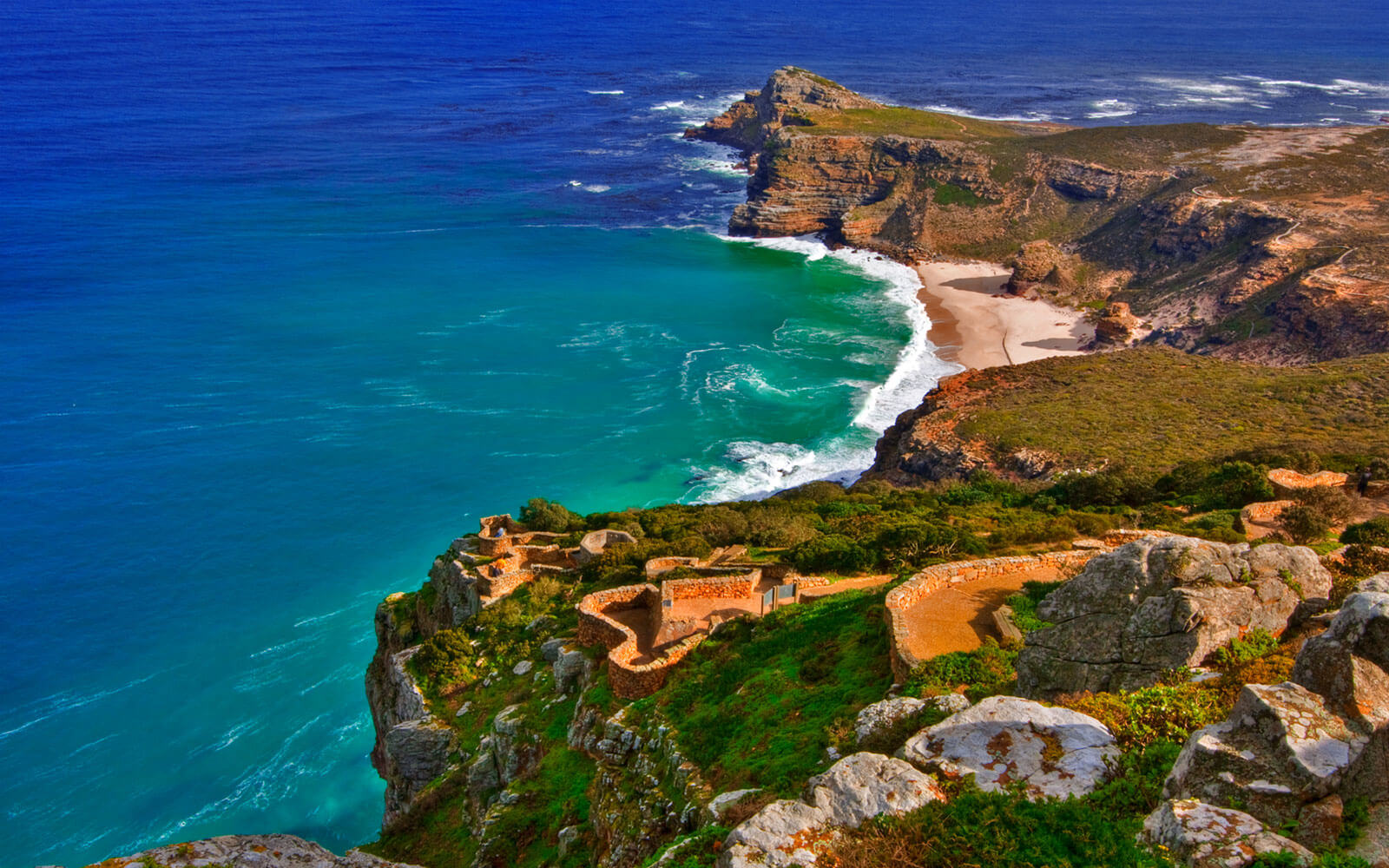
 This harsh, wind-swept area became a nature reserve in 1936 when the land was donated to the state after it was discovered that farming was impossible here due to the high acidity of the soil and lack of grazing opportunities for domesticated animals. Eventually 7,700 hectares were made into parkland, an area that contains more flower varieties than the whole of Great Britain. One thing you will notice is the lack of trees in the reserve; this is due to high winds and infertile soils. The area is also home to the notorious chacma baboons, eland and bontebok (two species of antelope), and the rare mountain zebra. A large variety of birds are also regular visitors to the park, including sunbirds, black eagles, ostrich, and ocean-going species such as albatross and cormorant.
This harsh, wind-swept area became a nature reserve in 1936 when the land was donated to the state after it was discovered that farming was impossible here due to the high acidity of the soil and lack of grazing opportunities for domesticated animals. Eventually 7,700 hectares were made into parkland, an area that contains more flower varieties than the whole of Great Britain. One thing you will notice is the lack of trees in the reserve; this is due to high winds and infertile soils. The area is also home to the notorious chacma baboons, eland and bontebok (two species of antelope), and the rare mountain zebra. A large variety of birds are also regular visitors to the park, including sunbirds, black eagles, ostrich, and ocean-going species such as albatross and cormorant.
One thing you might notice is that the Cape Point lighthouse is curiously low on the headland; this is so it can be seen below the usual ceiling of mist. The first lighthouse was erected in 1857 on the summit of the Cape, and whenever the mists or fogs rolled in it would be obscured. As a result several ships were shipwrecked as they attempted to round the Cape of Good Hope.
The Flying Dutchman
Legend has it that there is a phantom sailing ship with tattered sails and storm-swept decks, and it has been sighted periodically off the Cape of Good Hope. Supposedly the ship of a 17thC Dutch captain, Hendrick van der Decken, was crippled by the “Cape Doctor,” and he vowed to round the “Cape of Storms” even if it took him until the Judgement Day. It has been over 30 years since the ship was last sighted!
Diverse Restaurants
 Cape Town has a restaurant to suit every mood, every budget, every craving. The city’s restored narrow streets, art galleries and parliament buildings provide South Africa‘s legislative capital with a bustling hub worthy of the continent’s most culturally diverse population. And for evidence of its diversity, look no further than Cape Town’s restaurant scene, where foodies can find just about any cuisine their heart desires.
Cape Town has a restaurant to suit every mood, every budget, every craving. The city’s restored narrow streets, art galleries and parliament buildings provide South Africa‘s legislative capital with a bustling hub worthy of the continent’s most culturally diverse population. And for evidence of its diversity, look no further than Cape Town’s restaurant scene, where foodies can find just about any cuisine their heart desires.
MORE FROM Africa and Middle East + South Africa

The Slow Fund: Supporting Research with Ujubee Project
South Africa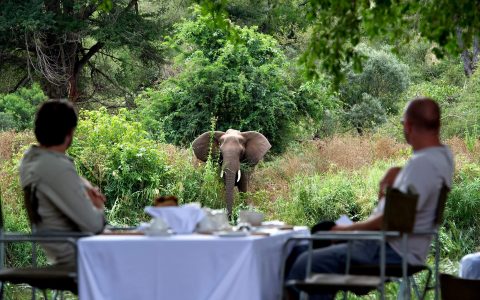
Spectacular Stays: Singita Lebombo Lodge
South Africa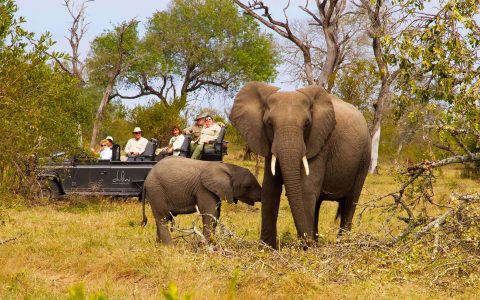
Spectacular Stays: Dulini Lodge
South Africa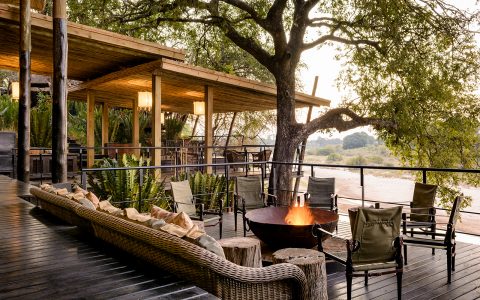
Spectacular Stays: Singita Ebony Lodge
South Africa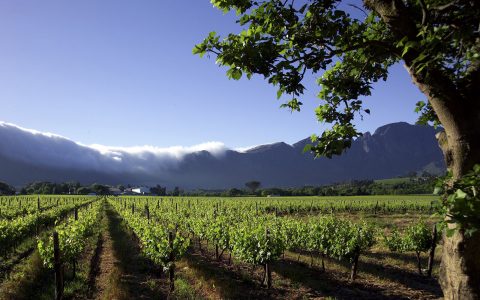
7 Best Wines from South Africa
South Africa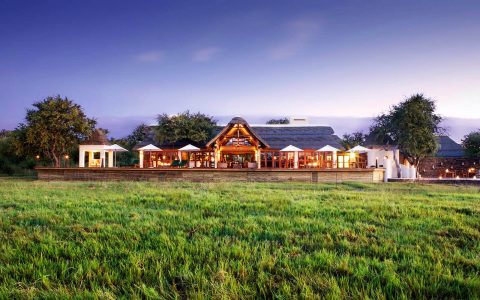
The Epitome of South African Luxury: Jamala Madikwe
South Africa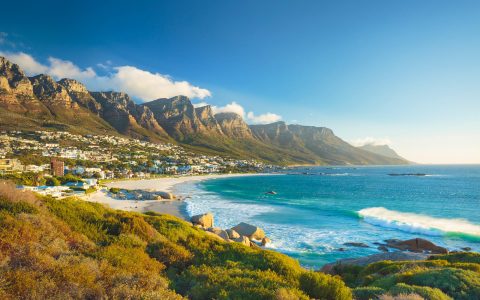
Cape Town’s Coolest Bars
South Africa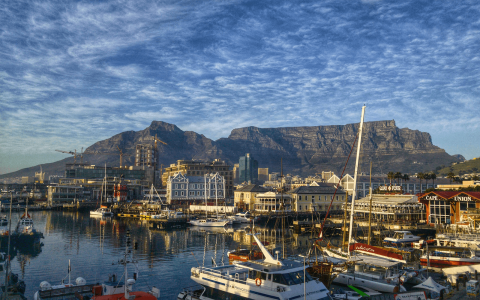
24 Hours in Cape Town
South Africa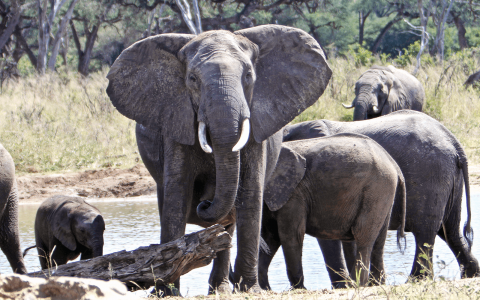
Into the Wild: South Africa’s Kruger National Park
South Africa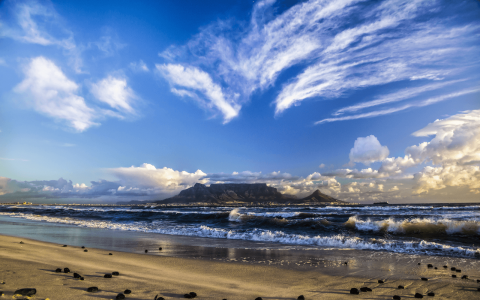
Top 5 Family Adventures in South Africa
South Africa
The 7 Best Luxury Safari Lodges in South Africa
South Africa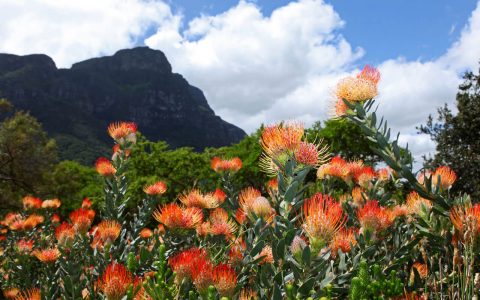
Six Things Every Flower Lover Must Do
South Africa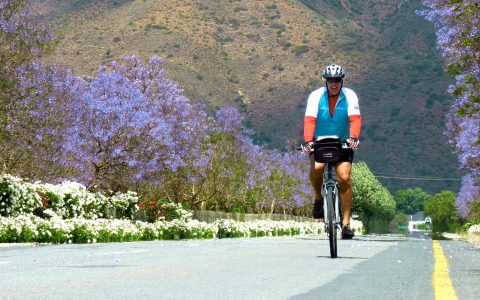
Biking the Winelands
South Africa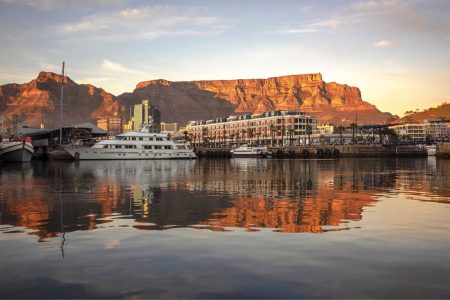
4 Stunning Cape Town Hotels
South Africa